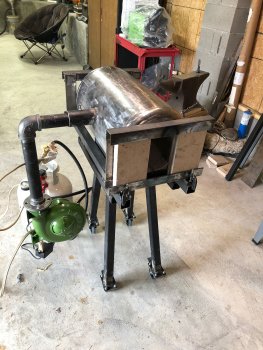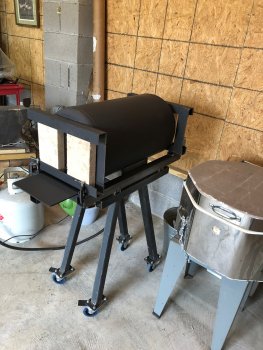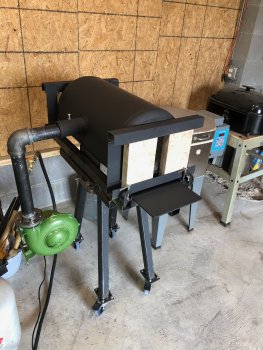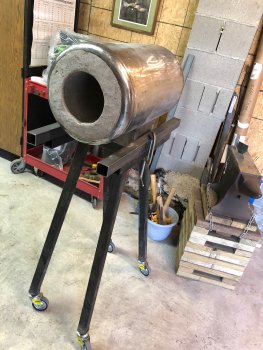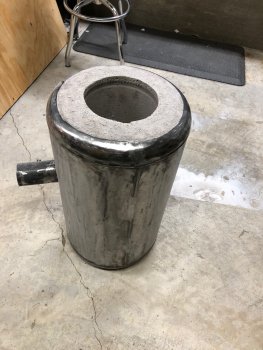Wayne Coe
Forum Owner - Moderator
If you are going to run your forge 24 hours a day 7 days a week Ed may be correct, although the people I buy from build huge furnaces for Alcoa still use ceramic blanket then cast over that and then coat that with Metrikote. For those of us who normally fire up the forge for a few hours even 4 or 5 days a week it takes a longgggg time for a solid cast forge to come up to heat and then it takes a longggg time for everything to cool back down. Lots of wasted fuel and time.

